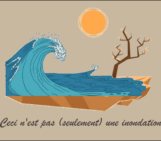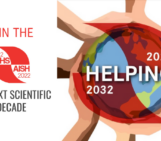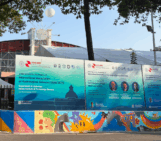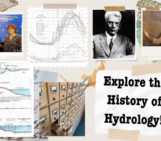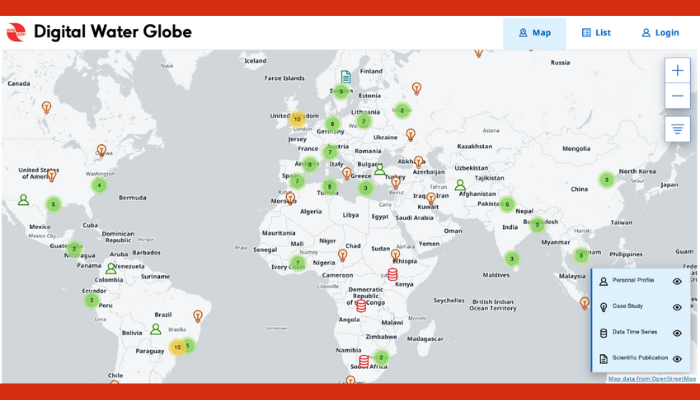
Are you looking for ways to boost the visibility of your hydrology research? Are you looking for potential collaborators for new research in a specific topic?
Doing research and getting it published are two of the challenges every hydrologist faces. However, once one’s research has passed peer review and is out in the world, there is one more hurdle to clear: ensuring people see it, read it, and cite it. Furthermore, for ongoing research with preliminary results, receiving valuable feedback and insights from experts could enhance the research and establish new partnerships.
The Digital Water Globe can give visibility to (un)published results, research sites, and find peers for collaborating around the world..
What is the IAHS Digital Water Globe?
The Digital Water Globe (DWG) is a new tool developed by the International Association of Hydrological Sciences (IAHS). IAHS is one of the oldest and largest hydrological associations in the world, with members from all over the globe, working in study areas from the equator to the arctic.
The DWG was developed to highlight the wide diversity of disciplines in the hydrological sciences and the geographical distribution of researchers in hydrology and their case studies.
The DWG is a web-based software platform where members can share case studies, personal profiles, references, and links to data repositories. The different items are linked to a geographical position on a global map as well as keywords with a quick search filter function.
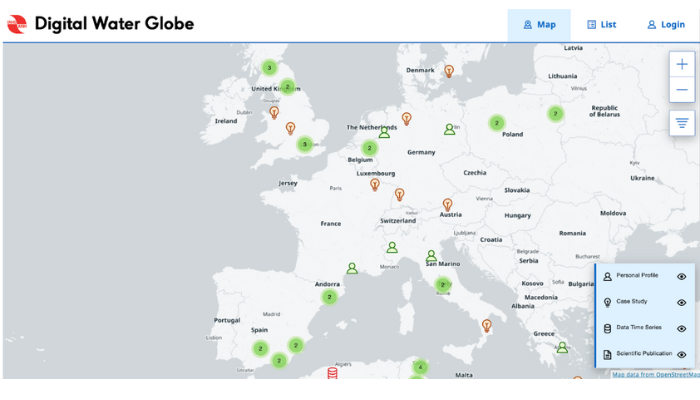
Why join the Digital Water Globe?
The DWG will help you with scientific outreach and finding relevant research results, data, peers, and reference globally. The tool is completely open for everyone to explore, search, find, and access information. Here you can get visibility and find peers with similar or complementary interests for collaboration in the wider international research community.
An advantage the DWG has over other platforms that help you share your research, is that it is specifically designed for the hydrological research community.
Another advantage is that the DWG is spatially explicit. Someone who starts a new project in Southeast Asia, for instance, will be able to zoom in on that area in the interactive DWG map and see exactly which studies have been done in that region already.
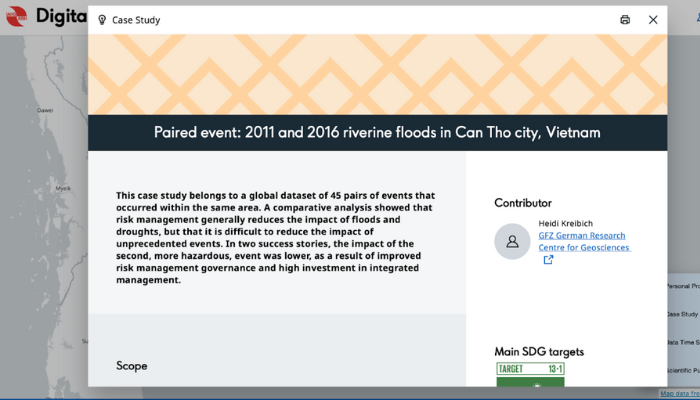
Similarly, someone looking for collaborators can use the DWG to find people to work with. For example, if you would like to write a comparative paper about the effects of El Niño on local hydrological dynamics in several parts of the world, such as India, Tunisia and Brazil. You could save yourself some effort and energy by starting your search by browsing the DWG. You can go into the DWG and search for researchers based in the locations you’re interested in and see whether they specialise in the right field before contacting them before reaching out.
How to Create Your DWG Profile
Creating your DWG profile is as easy as 1 2 3…
- Become an IAHS member, if you aren’t one already. Membership is free and all you need to do is go to the IAHS website (http://iahs.info) and register using the online form.
- Request a DWG login via the Menu icon on Digital Water Globe. Thereafter you will receive an email from SMHI detailing the sign up instructions.
- Login and begin populating the DWG.
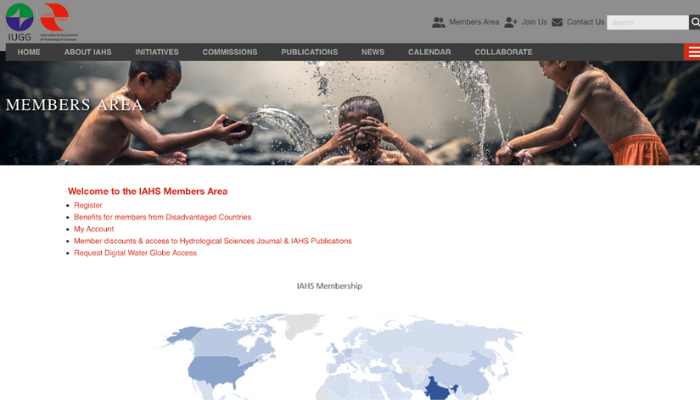
You should begin by creating your profile. You can enrich it with details about your institution, your research interests, your area of expertise, and your publications. Plus, you can link your profile to Unsolved Problems in Hydrology as well as Sustainable Development Goals.
Beside being able to contribute to the DWG, being a member of IAHS also comes with other benefits, including a regular newsletter on association activities, as well as calls to become part of initiatives such as the new scientific decade, HELPING.
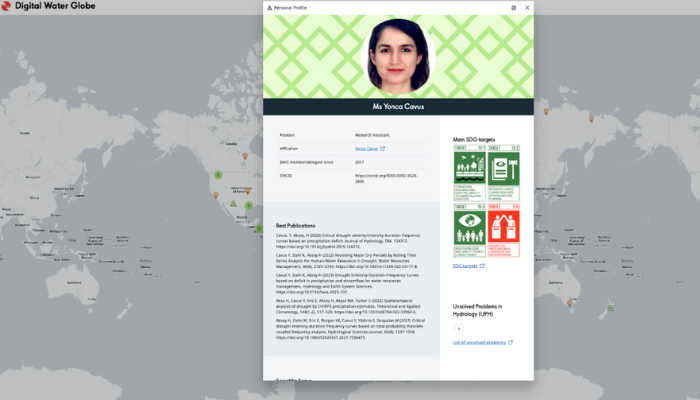
How to Enter a Dataset or Paper
Once you’ve set up your DWG space, you can start to log your work in the form of case studies, data time series, and papers. Individual user guides have been created and are freely available for you to access and use via the DWG page on the IAHS website.
In your DWG space, click on Contribute and then choose what type of entry you want to log. In each case, you’ll have to provide a title, description, image, and reference. You can also detail the scope and impact of your research, add acknowledgements, and link your research to the UN Sustainable Development goals and the big Unsolved Problems in Hydrology. Plus, there are keywords you can choose from several drop-down menus.
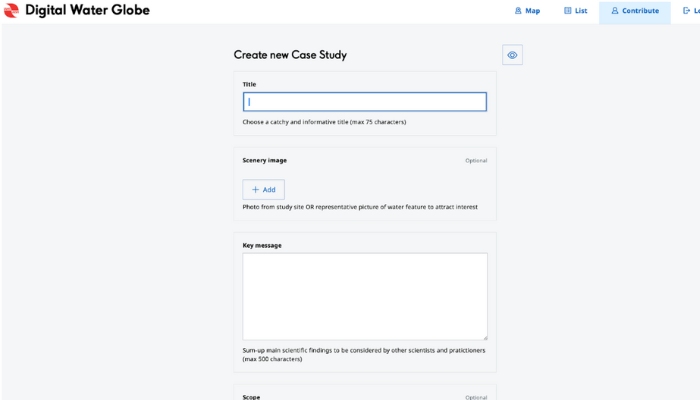
These additional bits of information help users search the DWG database using logic that goes beyond the geographical region where you conduct your research. Someone interested in studies that tackle SDG 13.2 – Integrate climate change measures into policy and planning – can filter DWG contributions by just that.
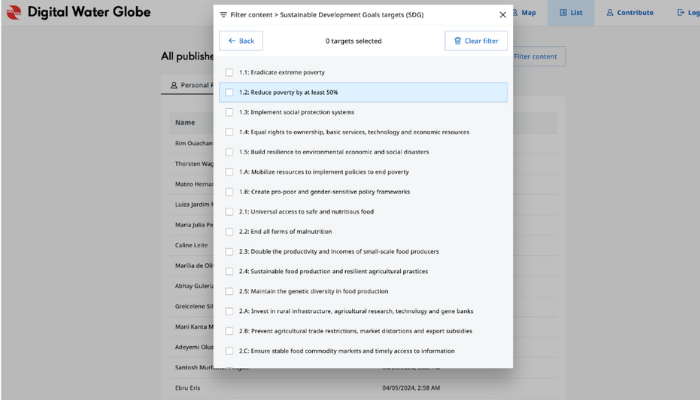
Join the IAHS DWG Community!
Making your research visible to a wider audience is a challenge. The Digital Water Globe can help you tackle it. It helps you become part of a global, diverse, dynamic community, and to contextualise your work both geographically and within larger frameworks, such as the Sustainable Development Goals.
It’s well worth taking a few minutes to set up your profile and log your research.
The DWG is an innovative new tool, and the development team at IAHS greatly appreciates new contributions and feedback from users. You have the opportunity to help shape this initiative and make sure it brings the maximum benefit to your community.

